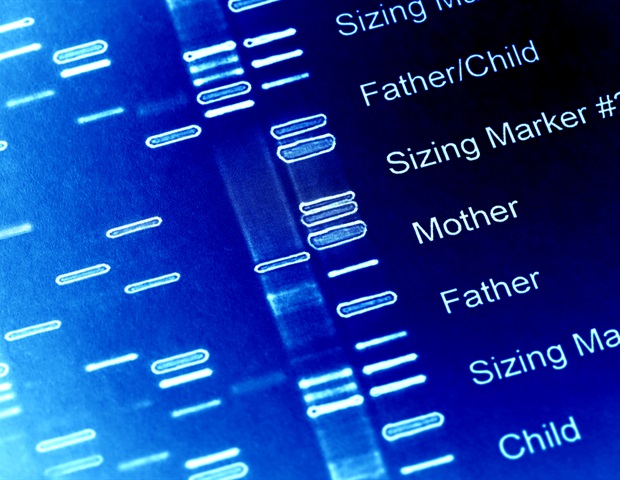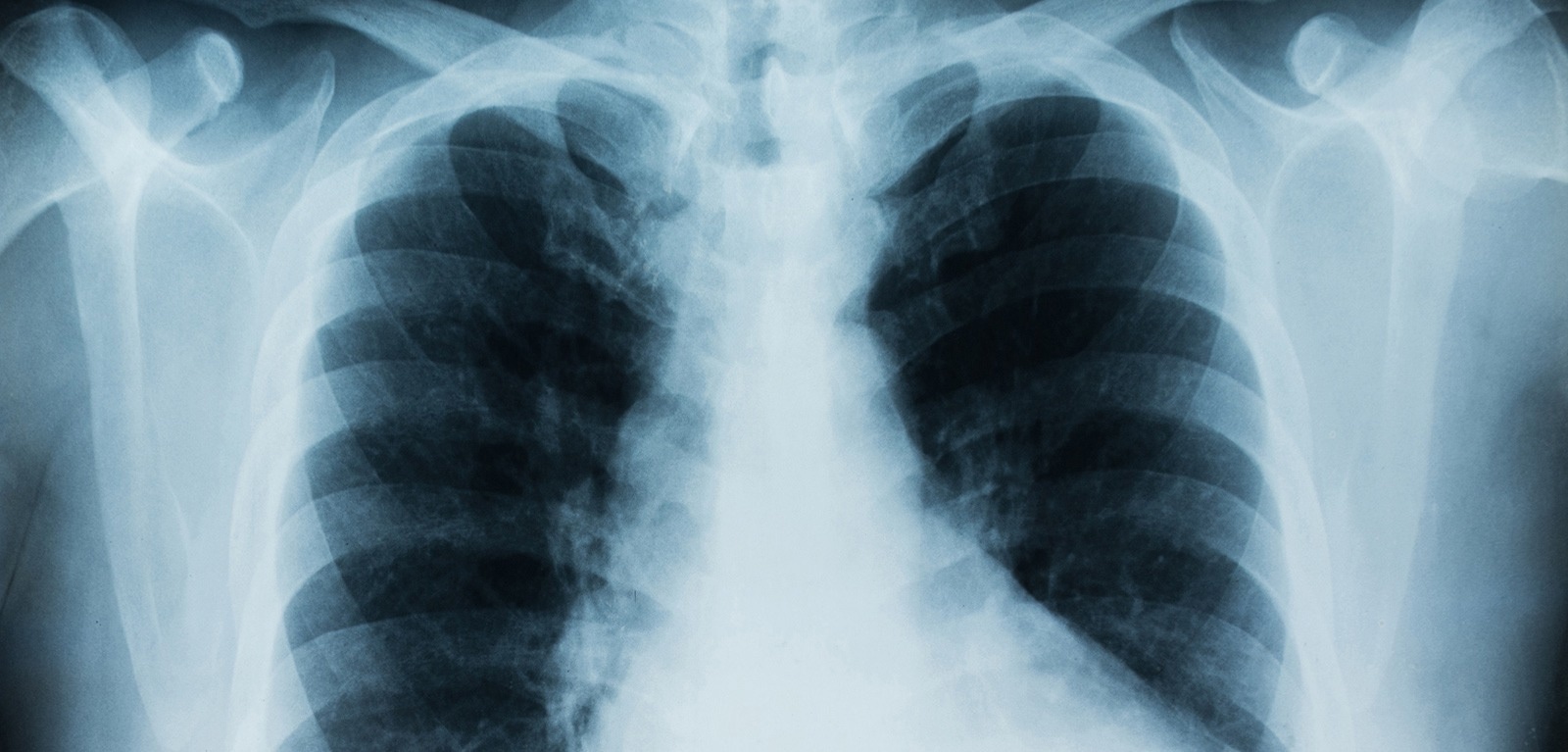
Findings from a new medical trial, recently published in a prestigious scientific journal, may significantly improve life outcomes for patients with high-risk myeloma.
Myeloma affects bone marrow cells and is a relapsing and remitting cancer that has a significant physical and emotional burden on patients and their families. Despite significant advances in treatment and care over the past 15 years, it remains largely incurable for the 5,800 patients diagnosed annually in the UK.
Due to its vague symptoms, the diagnosis of myeloma is often delayed. This is especially of concern for the 20% of patients with high-risk myeloma whose cancer returns within two years because current treatments cannot overcome the high-risk features. Predicting high-risk, aggressive myeloma at diagnosis or as soon as possible after diagnosis, when little is known about how it responds to treatment, is challenging but also urgently needed.
Now, one of the most innovative myeloma treatment trials to have been conducted, involving almost 500 patients across almost 40 NHS District General Hospitals, has addressed the unmet need for better diagnostics and demonstrated an effective treatment for people with high-risk myeloma.
The trial, known as OPTIMUM / MUK Nine, has demonstrated that using treatments in combination, – rather than given consecutively as has previously been the case – is markedly better for patients diagnosed with high-risk myeloma. Over 75% of those involved in the trial were still in remission nearly three years after they started treatment, compared to less than 50% of patients with the current standard of care.
The trial was conducted by Dr Martin Kaiser at the Institute for Cancer Research and University of Leeds and supported by Myeloma UK and the DFN Foundation, whose funding has enabled Dr Kaiser to undertake his research.
Dr Martin Kaiser, Dr Martin Kaiser, Team Leader of the Myeloma Molecular Therapy group at the Institute for Cancer Research, said: “With more active treatments being available for cancers like myeloma, treatment intensity for all patients has often gone up, sometimes driven by commercial incentives of the pharmaceutical industry. Although the overall progress for patients with this approach over the past two decades has been amazing, transforming myeloma from untreatable to very treatable, it is often ignored that this cancer presents very differently in each patient, from slow-growing to aggressive.
“This trial allowed us to ask the question differently: who are the patients who need more intensive treatment combinations? We found that for myeloma patients with an aggressive form of the cancer, correct diagnosis and access to the right combination of treatments can hugely deepen the responses and extend the time during which the tumor is in remission, often during which patients feel physically and psychologically well. This is incredibly positive news for thousands of patients now and in the future The next step is to take the trial findings forward and engage with healthcare systems to provide access to this treatment for this specific patient group with high unmet needs.”
Until now, diagnostics for identifying patients with high-risk aggressive myeloma and a high probability of relapsing early have been limited. Genetic testing for myeloma patients has been irregular, and even with the maximum diagnostics currently accessible, about 10% of patients are missed as having high-risk features of their cancer. As a result, there was little way of aiming to improve patient outcomes, as they weren’t diagnosed correctly. These patients underwent treatment and still experienced an early relapse.
Using state-of-the-art diagnostics and genetic profiling, the trial team identified patients with high-risk myeloma, communicated the result and offered treatment of a unique combination of drugs and high-dose treatment on a prospective trial. The trial used an external (or digital) comparator in which outcomes of patients treated on another recent trial with the same high-risk myeloma features were used to determine if the new treatment led to better results. This meant all patients in the new trial could be offered the innovative risk-adapted treatment combination, and the trial was completed faster than normal.
The research, recently published in the Journal of Clinical Oncology, aimed to improve outcomes, provide a better patient experience and support the individualization of treatment. The principle of individualization may also spare other patients with less aggressive tumors more intensive treatments and related side effects in the future. The trial’s results suggest that emphasizing the first line of treatment and giving the most effective therapy straight after diagnosis is particularly important for patients with high-risk myeloma, as this sub-type tends to be far more difficult to control once it relapses.
Shelagh McKinlay, Director of Research, Myeloma UK said: “Outcomes for people living with myeloma have thankfully improved hugely over the years. Sadly, the exception is for those patients living with high-risk myeloma. This remains an area of high unmet need, all too often overlooked. That is why we are so proud to have partnered with the DFN Foundation and Martin and his team to deliver research with real positive clinical impact for patients. The OPTIMUM/MUK Nine trial is ground-breaking on a number of levels, not least that it was designed in partnership with patients. The results from the trial are having an impact on a global level, discovering and sharing vital new learning about how to treat high risk myeloma. At Myeloma UK we are totally committed to doing all we can to widen access to the trial combination so that many more patients can benefit.”
The research was made possible thanks to funding from philanthropist David Forbes Nixon and his charitable foundation, The DFN Foundation, which supported the five-year myeloma research program at the Institute of Cancer Research in London led by Dr Martin Kaiser through the Jacquelin Forbes Nixon Research Fellowship. Jacquelin Forbes-Nixon, David’s mother, died of myeloma in 2008.
My mother passed away in 2008, only two years after being diagnosed with high-risk myeloma. Her passing left me heartbroken but determined to do everything possible to stop others from suffering from this terrible cancer. The trial is prolific and of excellent value. Instead of spending hundreds of millions on a clinical trial, this research has led to incredible findings and the capacity to save lives with a much smaller investment. I’m immensely proud of what Dr Kaiser and his team have achieved. However, I know we still need more change. Without engagement from across the NHS and other national health bodies, we will not drive these findings forward and help patients access the combination treatment they need.”
David Forbes-Nixon, Founder, DFN Foundation
Source:
Institute of Cancer Research
Journal reference:
Kaiser, M., et al. (2023). Daratumumab, Cyclophosphamide, Bortezomib, Lenalidomide, and Dexamethasone as Induction and Extended Consolidation Improves Outcome in Ultra-High-Risk Multiple Myeloma. Journal of Clinical Oncology. doi.org/10.1200/jco.22.02567.






